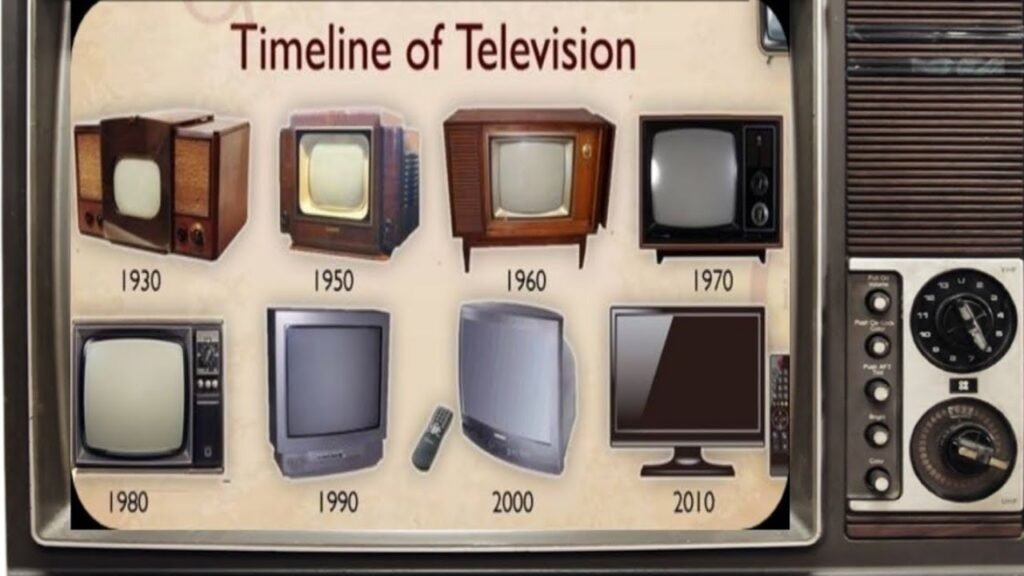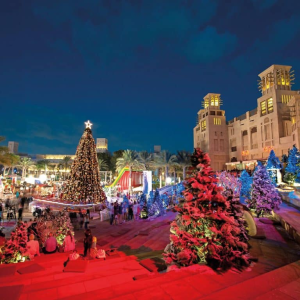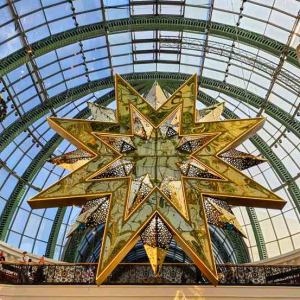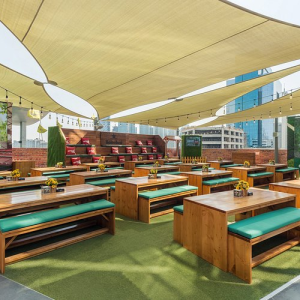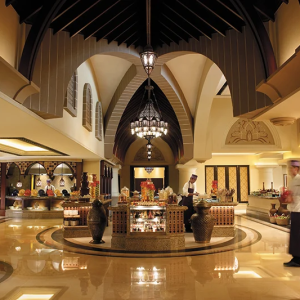The story of television in the UAE is more than just a tale of technological advancement—it’s a reflection of a nation’s growth, its storytelling power, and its desire to connect with the world while preserving its cultural core. From the days of grainy black-and-white broadcasts in the desert to today’s ultra-high-definition 4K content streamed across the globe, the UAE’s television journey is one of ambition, identity, and reinvention.
Let’s rewind and explore how television transformed in the Emirates—shaping lives, preserving heritage, and laying the foundation for a booming creative media landscape.
The Humble Beginning: TV Arrives in the Desert
The UAE’s television journey began long before the country’s unification in 1971. In 1969, Abu Dhabi Television launched as the first broadcaster in the region, airing in black and white with limited programming. At the time, televisions were a luxury item, mostly found in majlis spaces or communal halls where neighbours would gather to watch the news or a rare film.

Programming in those days was sparse and relied heavily on imported content from Egypt, Lebanon, and the West, along with occasional local news bulletins and Quranic recitations. But even with minimal resources, the seeds were planted for something far more powerful.
Television was not just entertainment—it was a window to the world.

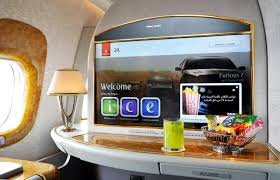
The 1970s and 1980s: Building National Identity
Post-unification, the new UAE leadership recognized the importance of media in nation-building. The 1970s and 1980s saw a focus on establishing media as a tool of cultural preservation and education.
Dubai TV, launched in 1974, soon joined Abu Dhabi TV, and both began producing local programs that emphasized Emirati values, Islamic traditions, and Arabic storytelling. Shows like traditional poetry readings, majlis-style talk programs, and dramas based on Bedouin life became popular.
Government investment in media led to the establishment of studios, training for local producers, and increased air time for locally made content. Families started owning televisions, and gathering to watch news, religious programming, and Arabic series became a nightly ritual.
It was television that introduced many Emiratis to Gulf music icons, Ramadan dramas, and even televised Eid prayers—cementing its role in everyday life.
Satellite Revolution: 1990s Expansion
The 1990s marked a turning point. Satellite television changed everything. Suddenly, UAE viewers had access to hundreds of channels from across the Arab world and beyond. This increased exposure inspired both curiosity and competition.
Local broadcasters had to raise the bar—both in content and in presentation. Colour television became the norm, and there was a marked shift in production quality. The rise of channels like Sharjah TV, with its strong cultural and educational programming, added depth to local broadcasting.
At the same time, the UAE began positioning itself as a media hub. With initiatives like Dubai Media City launching in 2000, the country invited regional and international broadcasters to set up shop, catalyzing a new era of content creation.
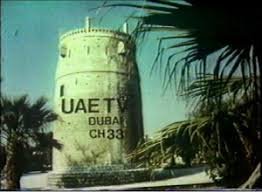
The 2000s: Reality TV, News Networks, and Digital Dawn
By the early 2000s, the UAE had transformed into a modern television powerhouse. High-budget drama series during Ramadan, regional news networks, and lifestyle channels began gaining traction.
*Emirates News Channel, **Dubai One, and *Abu Dhabi Al Emarat offered everything from English-language bulletins to pan-Arab programming with a modern twist. Reality shows, talk shows, and cooking competitions started filling screens. Emiratis were not just viewers—they were now producers, hosts, and stars.
With the internet boom came new viewing habits. YouTube and on-demand content slowly began challenging traditional TV. Yet, UAE broadcasters responded quickly—launching catch-up platforms and digital-first programs to cater to younger, tech-savvy audiences.
4K, Streaming & The Rise of Local Content Creators
Fast forward to today, and UAE television exists in an ecosystem of hyperconnectivity. With 4K UHD becoming standard on major platforms and mobile viewing dominating among youth, the medium has evolved far beyond the living room screen.
Streaming giants like Netflix and Shahid are now competing alongside local broadcasters, offering Arabic content with high production value. What’s more exciting is the emergence of homegrown Emirati content—modern dramas, documentaries, and even comedy sketches that speak directly to young Emiratis while showcasing their culture to a global audience.
Series like Qalby Maei, Al Mirath, and Justice (the first Emirati series on Netflix) are proof that the UAE has not only embraced new formats but is using them to tell uniquely local stories.

Behind the Screens: Women, Youth & the Next Generation
Today, the Emirati television scene is no longer just shaped by a few big names. Women, youth, and independent creators are stepping into the spotlight—both in front of the camera and behind it.
TV hosts, writers, and directors from diverse backgrounds are bringing fresh perspectives to storytelling. Shows now feature female leads, tackle social themes, and experiment with genre—from historical epics to thrillers.
And with initiatives like the *Arab Media Forum, *Image Nation Abu Dhabi, and government-backed content incubators, the UAE is actively nurturing the next generation of visual storytellers.
What’s Next for Television in the UAE?
While traditional television still holds significance—especially during cultural moments like Ramadan—the real growth lies in hybrid platforms. Interactive TV, virtual production, and AI-assisted content creation are already being explored.
There’s also a push toward bilingual storytelling. As the UAE continues to balance its Arabic identity with its global positioning, expect to see more shows with cross-cultural appeal.
And most importantly? Expect television to remain a cultural anchor—honouring heritage while embracing innovation.

Closing Shot
From a single channel in black and white to today’s multi-screen, 4K, on-demand universe, the UAE’s television journey mirrors its national story: visionary, bold, and full of transformation.
As the lights dim and another episode begins, one thing is clear—Emirati television is no longer just watching the world. It’s ready to be watched by it.
Would you like a curated list of Emirati-produced shows or platforms that feature UAE content? I’d be happy to share.
Follow us on Instagram: UAE STORIES
A Guide to Independent Film Screenings and Cinemas in the UAE

